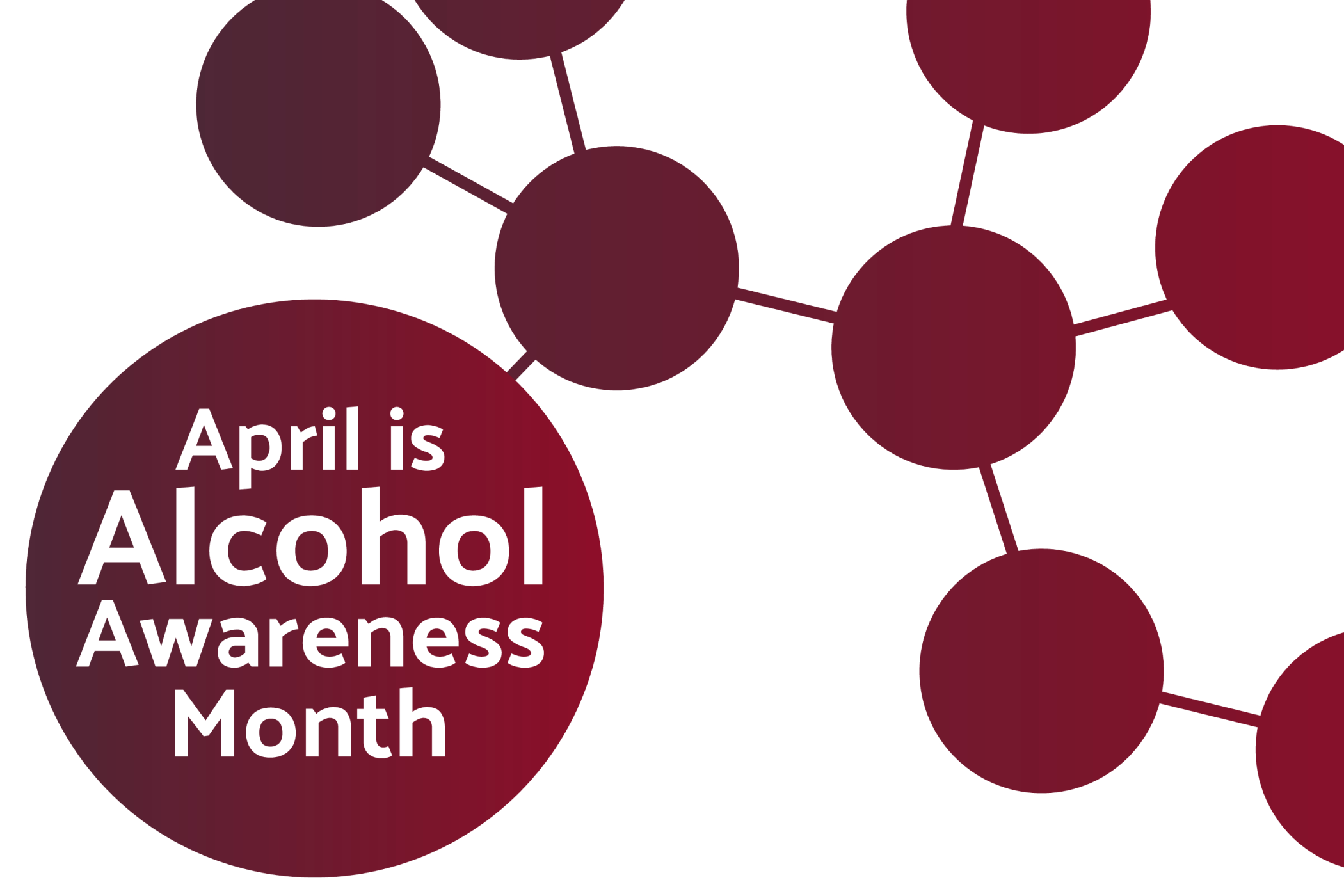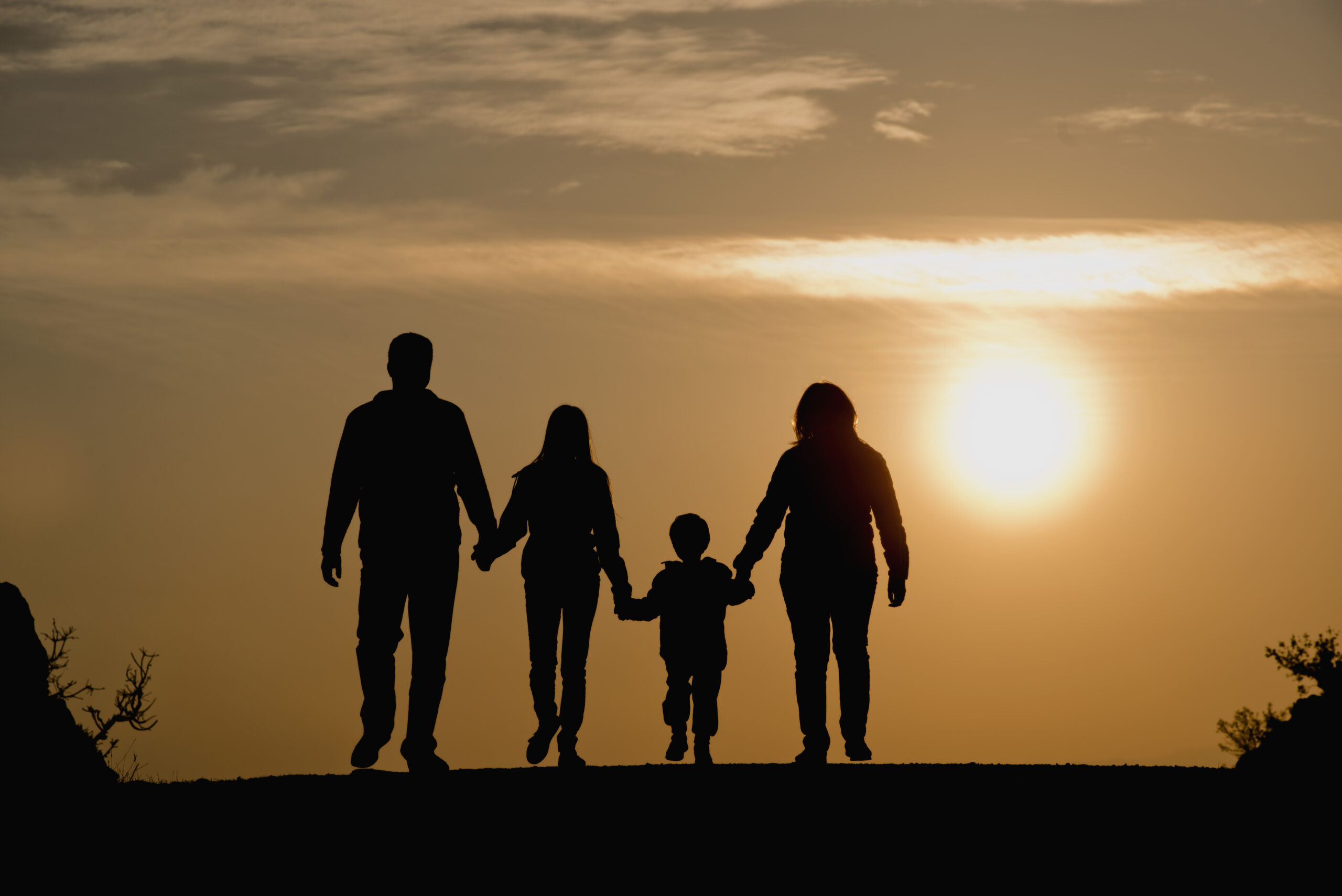6 Teenage Alcohol Misuse Statistics: The Shocking Reality

Alcohol misuse is a problem across all walks of life, but underage tweens and teens are particularly vulnerable to the negative effects of drinking. Beyond being more likely to fall victim to peer pressure, underage drinkers are often uneducated about the effect alcohol has on their minds and bodies. They rely on the limited information of their peers and often disregard the conversations they may have had with parents, coaches, or mentors about the dangers of underage drinking. Under the effects of alcohol, teens are more likely to engage in risky behaviors that can hurt them physically and emotionally and are more likely to fall into substance misuse with alcohol and other drugs.
The following are six shocking teenage alcohol misuse statistics, and some tips for parents on how to start the conversation with their children.
1) 72% Say Friends Influence Underage Drinking the Most
Recent research conducted by the North Carolina ABC Commission, shows a majority (72%) of parents feel their child’s friends and peers are the biggest influence on the decision to partake in underage drinking. Discussed in a previous article, peer pressure is a powerful dynamic that occurs often when children and teens are in the most impressionable stage of their lives.
The good news is that parents play a crucial role in influencing their child’s behavior as well. In fact, according to the same survey, 93% of students said they felt having parents talk to them about underage drinking could help stop the behavior.
The earlier and more often parents talk to their children about the dangers of underage drinking and share the facts (such as these teen alcohol misuse statistics), the bigger difference they can make in their child’s decision to participate in underage drinking. Still, parents need to be mindful of their child’s friends’ behavior and their susceptibility to peer pressure.
2) 8.3% of 12- to 20-Year-Olds Report Binge Drinking
Research conducted by the Substance Abuse and Mental Health Services Administration (SAMHSA) found that 15.1% of 12- to 20-year-olds in the nation drank alcohol in the previous month, while 8.3% of those binge drank in the past month. Binge drinking is defined by the National Institute on Alcohol Abuse and Alcoholism as a time-sensitive pattern of drinking that brings a person’s blood alcohol concentration (BAC) to 0.08 grams and above.
3) Excessive Underage Drinking Results in More than 4,300 Deaths Each Year
According to research undertaken by the Center for Disease Control, excessive drinking behavior results in more than 3,900 deaths of underage people every year. Not everyone who drinks does so at heavy levels, but when underaged people drink, they are more likely to engage in binge drinking, which can lead to prolonged periods of excessive drinking habits.
4) 3.2% of All Alcohol is Consumed by People Aged 12 to 20
Even though alcohol sales are prohibited to anyone under the age of 21, 3.2% of all alcoholic beverages in the United States are consumed by underaged people, ranging from 12 to 20 years old. The research indicates that a small proportion of the underage population contributes to that metric, while the majority either does not drink at all or does so very infrequently.
5) 22.7% of High School Students Drank in Past 30 Days
The national Youth Risk Behavior Survey concluded that within the past 30 days of the survey taking place, 22.7% of high school students surveyed reported they had at least one alcoholic drink. As underage alcohol misuse statistics show, those that choose to drink underage are more likely to experience memory issues, mental development stagnation, and problems at school.
6) There Were 1,022 Alcohol-Related Teen Crashed In N.C. in 2022
According to NCDOT’s North Carolina 2022 Traffic Crash Facts report, there were more than 1,000 alcohol-related teen crashes in 2022 alone. Among these crashes, 16 teens lost their lives and 484 were injured.
It’s important to talk to your teen about the dangers of underage drinking and driving — their life can depend on it. Encourage your child to reach out to you for a ride with the “Text X Plan.” If your child finds themselves in an uncomfortable situation can text you with a simple “X,” to alert you to come get them, no questions asked.
Parents Play a Part in Lowering Teenage Alcohol Misuse Statistics
Talk it Out NC encourages parents to Start the Conversation with their children about underage drinking. By parents Taking the Pledge with their children, they affirm their commitment to ending underage drinking. Starting with their immediate family, parents can contribute to lowering the teenage alcohol misuse statistics by keeping their kids aware of the dangers and empowered with the knowledge of healthy choices.
The sooner children and teens are educated about the dangers of underage drinking, the better chances they stand in resisting peer pressure, engaging in risky behavior, and developing issues with alcohol misuse later in life.



